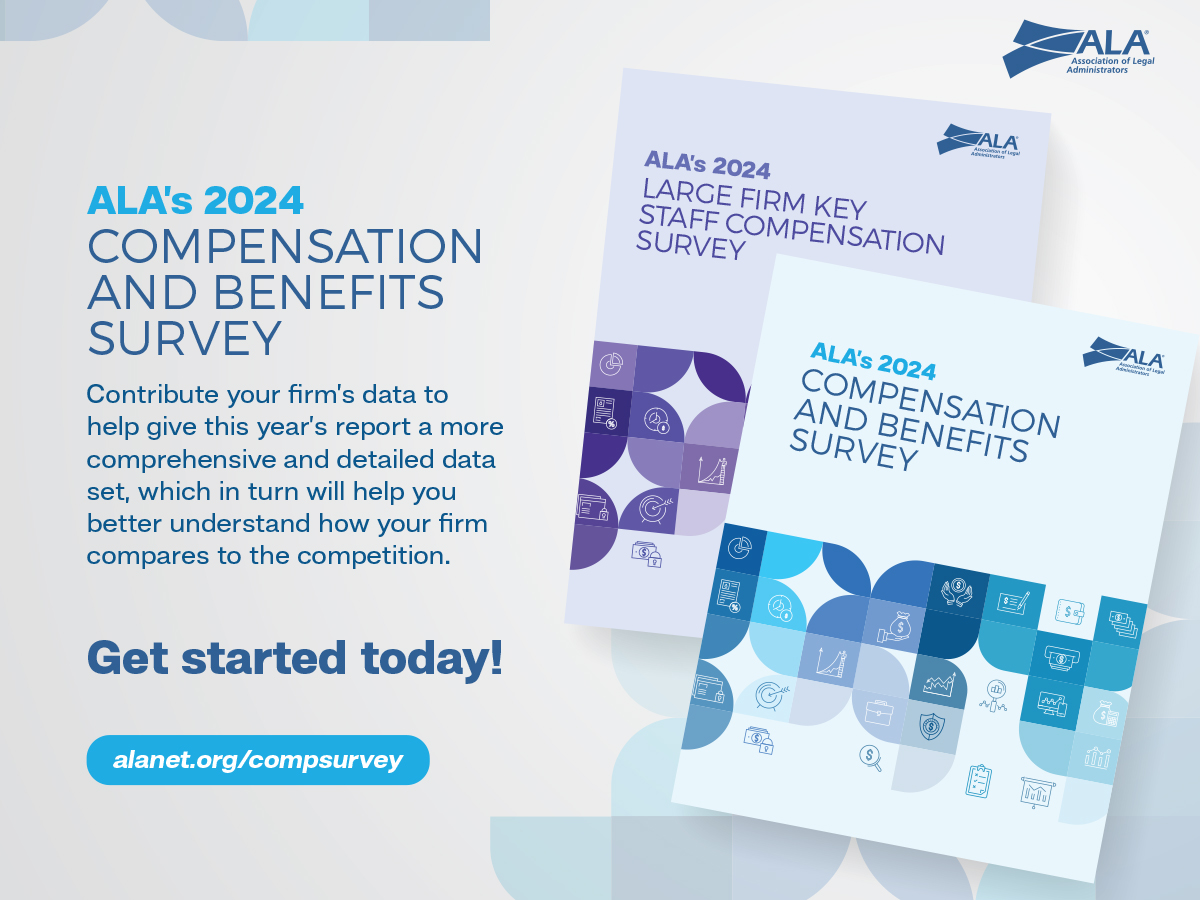The traditional office model, where employees collaborate in close proximity, has given way to more atomized workforces, with individuals operating in isolation and communicating remotely. Machines are increasingly assuming roles previously performed by humans, transforming the nature of work itself.
While the economic advantages of these changes are evident, the repercussions on human relationships, integral to the fabric of labor relations, are profound and often unanticipated.
Governments, law firms and organizations now face the urgent task of preserving and fostering human connections to sustain creativity, cooperation and collaboration.
THE IMPACT OF AI ON WORKFORCE ATOMIZATION
AI is no longer a distant prospect; it’s actively reshaping industries and economies worldwide. With its capacity to emulate human intelligence, machine learning has the potential to revolutionize industries on an unparalleled scale.
Already large language models, such as ChatGPT and its advanced counterparts, are altering the landscape of business operations, disrupting traditional roles.
The adoption of AI technologies may create a hierarchy among law firms, widening the gap between those harnessing AI’s power and those not. While this technology offers remarkable opportunities, it also presents substantial challenges for society and workforces.
THE ROLE OF GLOBALIZATION IN THE TRANSFORMATION
Simultaneously, the ongoing shift toward globalization has further amplified the disruption of traditional working structures.
The ability to collaborate across borders has opened up new possibilities, enabling law firms to assemble teams with members spanning different time zones and continents.
This physical separation of individuals raises challenges in maintaining the interpersonal connections that were once fostered through shared office spaces.
Colleagues who previously worked side-by-side in the same office are increasingly being replaced with workforces that are dispersed across different countries and continents, in which people can form professional relationships without ever meeting face-to-face.
“Law firms must actively address these challenges to ensure that the future of work is not devoid of the meaningful human connections that define a thriving workplace.”
While this has undoubtedly increased efficiency and flexibility, it has also disrupted the social fabric of the workplace, impacting the spontaneous interactions that often fuel creativity and collaboration.
Most workers have taken positively to home working, particularly those who face long and tiring commutes to the office. While some law firms have welcomed remote working as a way of reducing overhead costs — particularly in law firms in more expensive/higher rent cities — more firms are encouraging some or most of their staff to be in person most of the time.
This is the point at which opinions start to diverge. Despite efforts to bring employees back to the traditional office setting, law firms are facing unexpected hurdles.
PRESERVING HUMAN RELATIONSHIPS IN THE DIGITAL ERA
In the evolving landscape of modern workplaces, where remote and hybrid work models are becoming increasingly prevalent, maintaining human connections and fostering a sense of community among employees poses a unique challenge. Employers can play a pivotal role in fostering a sense of connection among remote workers.
Here are some steps they can take to encourage and forge greater human contact and relationships:
Virtual team-building activities: Organize regular virtual team-building activities to recreate the camaraderie of in-person interactions. This could include virtual games, quizzes or collaborative projects.
Scheduled videoconferencing: Prioritize face-to-face communication through videoconferencing platforms. Regular video calls can help bridge the emotional gap created by physical separation.
Digital collaboration and recognition platforms: Implement digital collaboration tools that facilitate real-time communication and project management. As well as enhancing teamwork and providing a shared space for employees to collaborate, they also assist employers in recognizing and celebrating individual achievements and events across the organization. Sharing birthdays, anniversaries, maternity events, long service landmarks, etc., is essential in retaining a sense of togetherness and community.
Flexible work hours: Allow flexible work hours to accommodate different time zones. This ensures that employees can connect with colleagues when it is most convenient for them, promoting inclusivity.
Mentorship programs: Establish mentorship programs that pair remote employees with experienced colleagues. This not only facilitates knowledge transfer but also nurtures meaningful professional relationships.
Virtual coffee breaks: Encourage informal virtual coffee breaks where employees can discuss nonwork-related topics. These casual interactions mimic the spontaneous conversations that occur in physical office spaces.
Well-being initiatives: Prioritize employee well-being by implementing initiatives that address mental health and work-life balance. A healthy and content workforce is more likely to engage in positive relationships.
Cross-functional projects: Create opportunities for employees from different departments to collaborate on cross-functional projects. This fosters a sense of unity and understanding across diverse teams.
Recognition programs: Implement recognition programs to acknowledge and celebrate individual and team achievements. Positive reinforcement enhances morale and strengthens interpersonal bonds.
Open communication channels: Establish open and transparent communication channels to address concerns and foster a culture of trust. Remote employees should feel heard and supported, reinforcing a sense of belonging.
MOVING FORWARD
AI, the pandemic and globalization have combined to force the modern workforce into uncharted territory. The atomization of workers — while bringing economic benefits — poses challenges to the essential human relationships that underpin creativity and collaboration. Law firms must actively address these challenges to ensure that the future of work is not devoid of the meaningful human connections that define a thriving workplace.
By implementing the suggested steps, employers can navigate this evolving landscape and embrace the advantages of technological advancements while preserving the richness of human interactions in the world of work.
Balancing the benefits of remote work with considerations of accessibility, diversity and happiness becomes imperative, and the adoption of a flexible hybrid model stands out as a step toward creating a work environment that accommodates various needs and circumstances.


